HiBoost in November 2019 has released an updated version of this booster called the HiBoost Travel 4G LTE 2.0
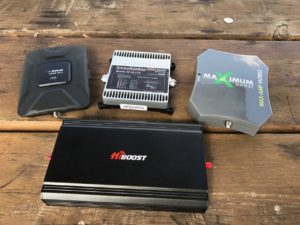
HiBoost USA (a division of Asian manufacturer Huaptec) brought the Travel 4G LTE Booster to market in late 2016. In mid 2018, they had a version of the 4G OTR antenna licensed from Antenna World for use with their booster.
Though the brand may not be widely recognizable, the HiBoost is more affordable than other similarly spec'd boosters.
We included the HiBoost in our early 2017 round of hands-on booster testing, and the HiBoost with OTR in our Spring and Fall 2018 rounds.
Specifications
- Gain: 50dB
- Impedence: 50 Ohm
- # of Devices Boosted: Multiple
- LTE Bands Supported: 12 (17), 13, 5, 4, 2
- Uplink Frequency Range: 698-716 / 776 – 787 / 824-849 / 1850-1910 / 1710-1755
- Downlink Frequency Range: 728-746 / 746 – 757 / 869-894 / 1930-1990 / 2110-2155
- Supported Standards: CDMA, WCDMA, GSM, EDGE, HSPA+, EVDO, LTE
- Exterior Antenna: Magnetic mount with 10' integrated cable, SMA end.
- Optional higher gain OTR antenna with 15' integrated cable
- Internal Antenna: Patch antenna with 10' integrated cable, SMA end.
- In Motion Usage: Yes
- Power Supply: 12v
- Booster Dimensions: 4.7" x 7.8" x 1.4"
- Warranty: 3 Year
- List Price: $349.99 | $428 w/ OTR Antenna
Included in this Review
Free/Public:
Member Exclusive Content / Review:
- Thoughts & Analysis
- Hands on Testing Notes
- Short Cables Limit Placement
- Band Coverage Notes
- A Similarity with Uniden boosters?
- OTR Antenna Option
- OTR Performance Comparison with weBoost 4G-X and 4G-M
- Summary
- Video Overview (March 2017)
Review & Testing Status
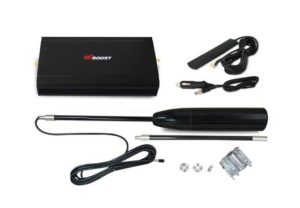
Huaptec USA sent us an evaluation unit of the Travel 4G LTE booster, which we compared head-to-head against its closest competitors in early 2017- including the weBoost Drive 4G-X, Max-Amp Mobile, and Smoothtalker.
In 2018 they sent us their new OTR antenna to test, which we did directly against the weBoost Drive 4G-X OTR and weBoost Drive 4G-M with OTR.
Members can access our raw field testing results here:
- Cellular Signal Field Testing – SureCall Fusion2Go 3.0 | weBoost 4G-X OTR | weBoost 4G-M | HiBoost OTR | MIMO Antennas (3rd Quarter 2018)
- Cellular Signal Field Testing – SureCall Fusion2Go 3.0 | weBoost Connect RV 65 | HiBoost OTR | MIMO Antennas (2nd Quarter 2018)
- Cellular Signal Enhancing Field Testing Results (2017)
While the HiBoost without the OTR antenna was of average performance, with the new OTR antenna we found several locations where it performed admirably making the combo a worthwhile alternative to the weBoost 4G-X OTR..
Our detailed hands-on review and analysis of the HiBoost is featured in our members-only section below, including a video overview focused on 'Optimizing Your Cellular Signal' showing all of the candidates in the early 2017 testing round in action head-to-head and our OTR antenna comparisons.
Unboxing Video
Here is our unboxing video of the HiBoost just after it arrived, along with a few initial first impressions::
Our deeper analysis and impressions are in our members-only section below.
Alternatives to Consider
For other booster options on the market worth comparing this model to - here are our featured options:
Alternatives to Consider
For other booster options on the market worth comparing this model to - here are our featured options:
Related News Articles:
This Review Contains Additional Member Exclusive Content!
We are Honored to be Member Funded! No ads, no sponsors, no selling (but may contain affiliate links)
Our members fund our in-depth independent reviews.
This entry may contain additional member exclusive content such as testing notes, field testing data, user interface tours, comparisons to alternatives, analysis, tips, videos and discounts.
Members also get interactive guidance, alerts, classroom and more.
Other Ways to Support Our Work At MIRC
Purchasing Options
Related News:
Cellular boosters can be quite useful for boosting the signal to a smartphone to get a more solid phone call. But when it comes to enhancing cellular data performance, things get more complicated.
Because of a technology called MIMO (multiple in multiple out) that is essential to LTE and 5G data, often times the internal antennas on a smartphone or hotspot don't benefit from an amplified signal. Boosters also only cover a handful of the frequency bands the carries use for data.
But a booster can play a role in a mobile internet arsenal - as they excel during times when you are really far from a tower, or where upload speeds are important (such as video broadcasting).
For more on understanding boosters vs. MIMO - check out video:
For more on signal enhancing, including understanding boosters and the many forms they come in - follow up with our guides:
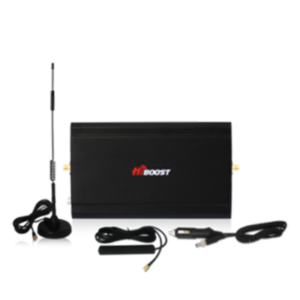
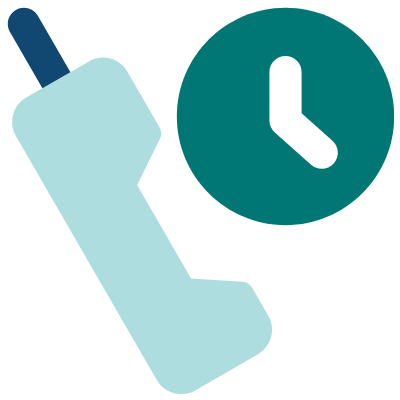
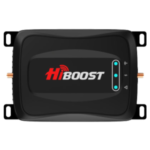
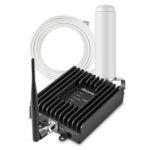
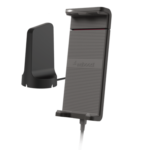
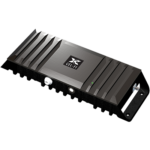
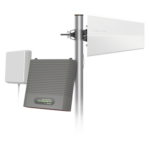
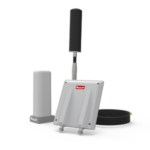
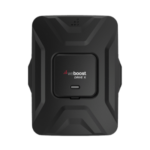
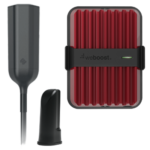

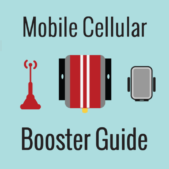
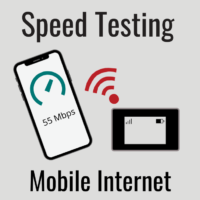
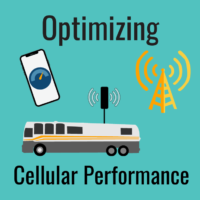
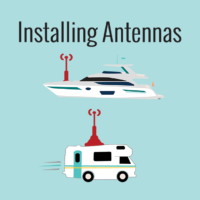
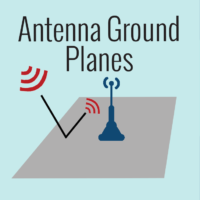
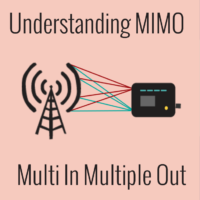
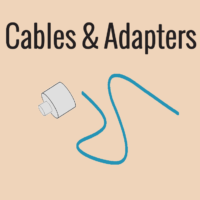
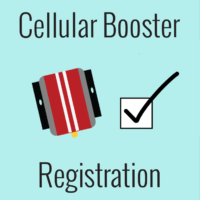
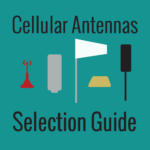



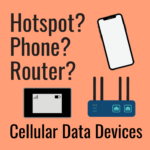

 Mobile Internet Resource Center (dba Two Steps Beyond LLC) is founded by Chris & Cherie of
Mobile Internet Resource Center (dba Two Steps Beyond LLC) is founded by Chris & Cherie of